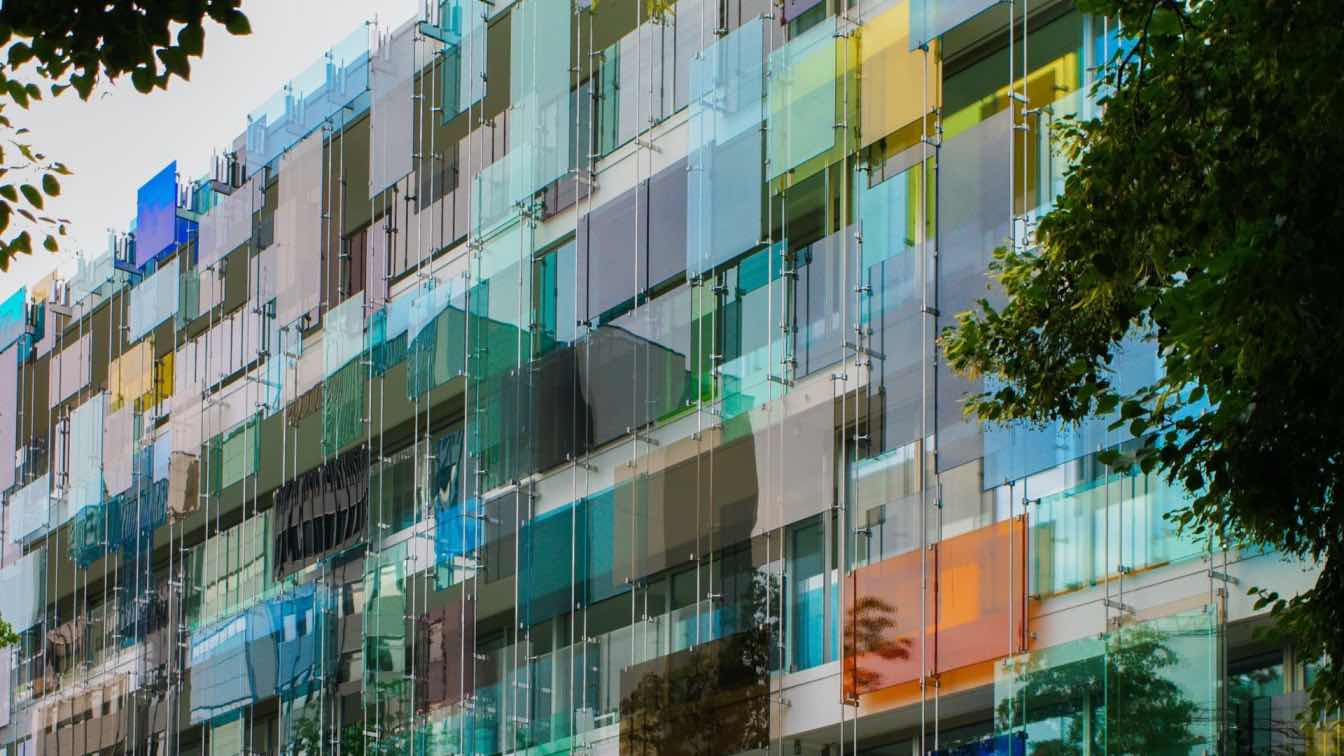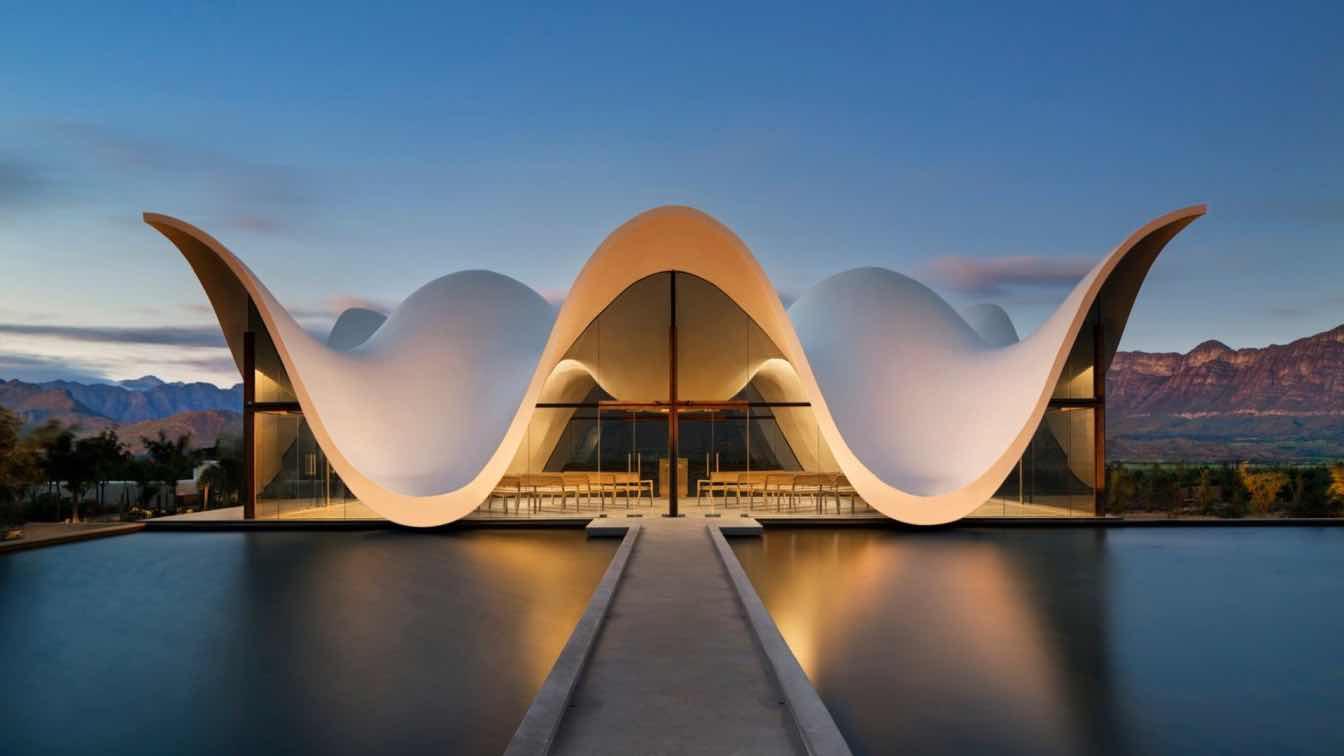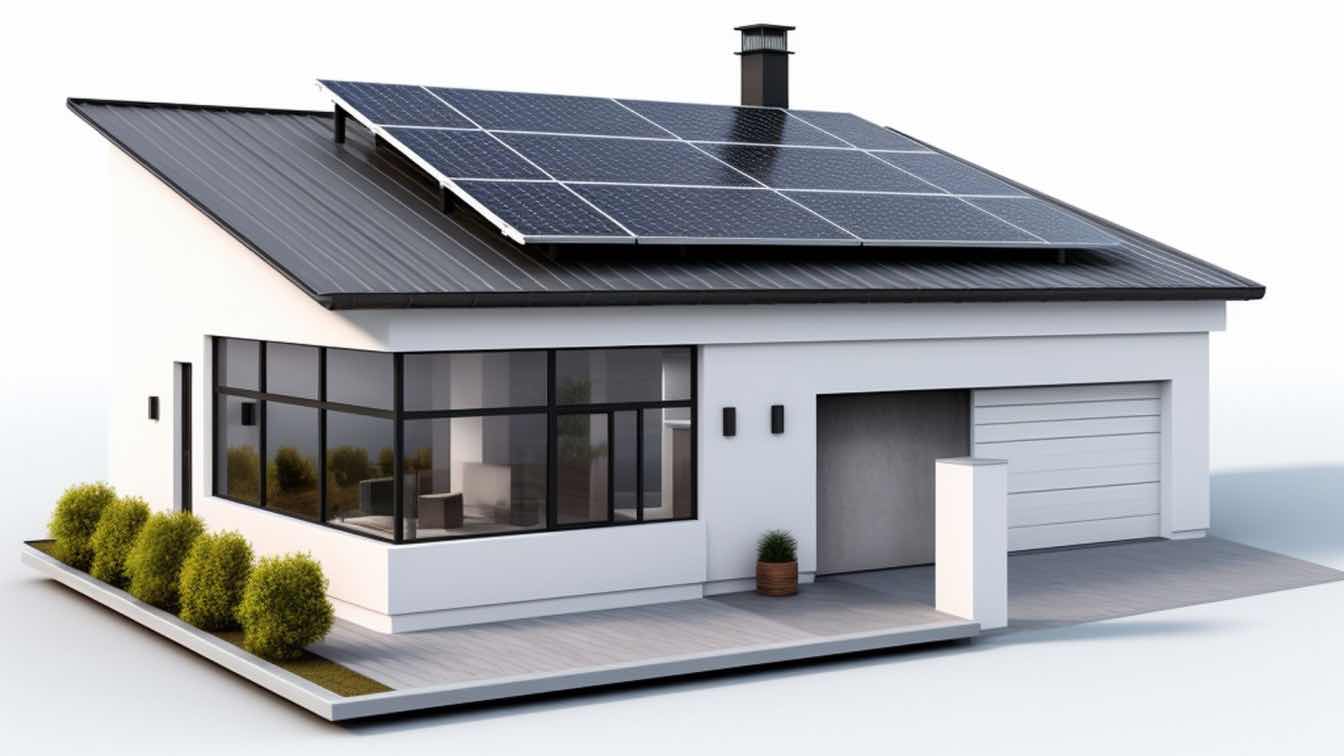In architectural design, spandrel applications play a crucial role in seamlessly integrating building elements while enhancing aesthetics and functionality. When it comes to spandrel glass, the choice between back painted glass and ceramic frit glass is pivotal. In this article, we delve into the benefits and limitations of both options to aid architects, designers, and builders in making informed decisions for their projects.
Understanding Back Painted Glass:
Back painted glass refers to any translucent glass surface that has been painted on its reverse side, typically surface 2 on a single piece of spandrel glass or surface 4 of laminated or sealed units. The painted coating, applied using either solvent-based or water-based formulations, must exhibit high opacity to conceal the spandrel area from view. Back painted glass offers versatility in application and can be tailored to meet specific design requirements.
Exploring Ceramic Frit Glass:
Ceramic frit glass is created by fusing a ceramic-colored enamel composition uniformly onto a glass surface at high temperatures. Unlike frit glass, which is permeable to liquid or gas and commonly used in laboratory applications, ceramic frit glass offers enhanced durability and aesthetic appeal. It is characterized by its ability to withstand high temperatures, making it suitable for a wide range of architectural applications, including spandrel glass.
Benefits and Limitations of Back Painted Glass in Spandrel Applications:
Back painted glass offers several advantages, including ease of application and cost-effectiveness. Low-cost spray equipment can be used for production, resulting in significant savings for projects with low to medium painting volumes. The high adhesion characteristics of the painted coating ensure seamless integration with glazing sealants, eliminating the need for labor-intensive preparation. Additionally, water-based coatings like GPT's HC coating offer environmental benefits and can be applied to laminated glass without weakening its structural integrity. However, limitations such as potential incompatibility with certain sealants and the need for surface preparation in some cases must be considered.
Benefits and Limitations of Ceramic Frit Glass Panels in Spandrel Applications:
Ceramic frit glass panels offer unparalleled durability and aesthetic appeal. They can be created on existing tempering production lines, streamlining the manufacturing process. The fusion of colored enamels with glass under high heat ensures long-lasting performance and resistance to delamination or cracking. Ceramic frit glass is non-toxic, non-combustible, and can be customized with digitally printed patterns, making it suitable for a wide range of design applications. However, the production process requires specialized equipment and expertise, limiting its accessibility for smaller-scale projects.
Conclusion:
In the realm of architectural spandrel applications, the choice between back painted glass and ceramic frit glass hinges on a multitude of factors, including cost, aesthetics, and performance requirements. Both options offer unique advantages and considerations that must be carefully weighed to align with project goals and specifications. By understanding the benefits and limitations of each option, architects, designers, and builders can make informed decisions that optimize functionality, durability, and visual appeal in their architectural designs. For expert guidance and high-quality glass paint solutions, consider partnering with gptglasspaint.





